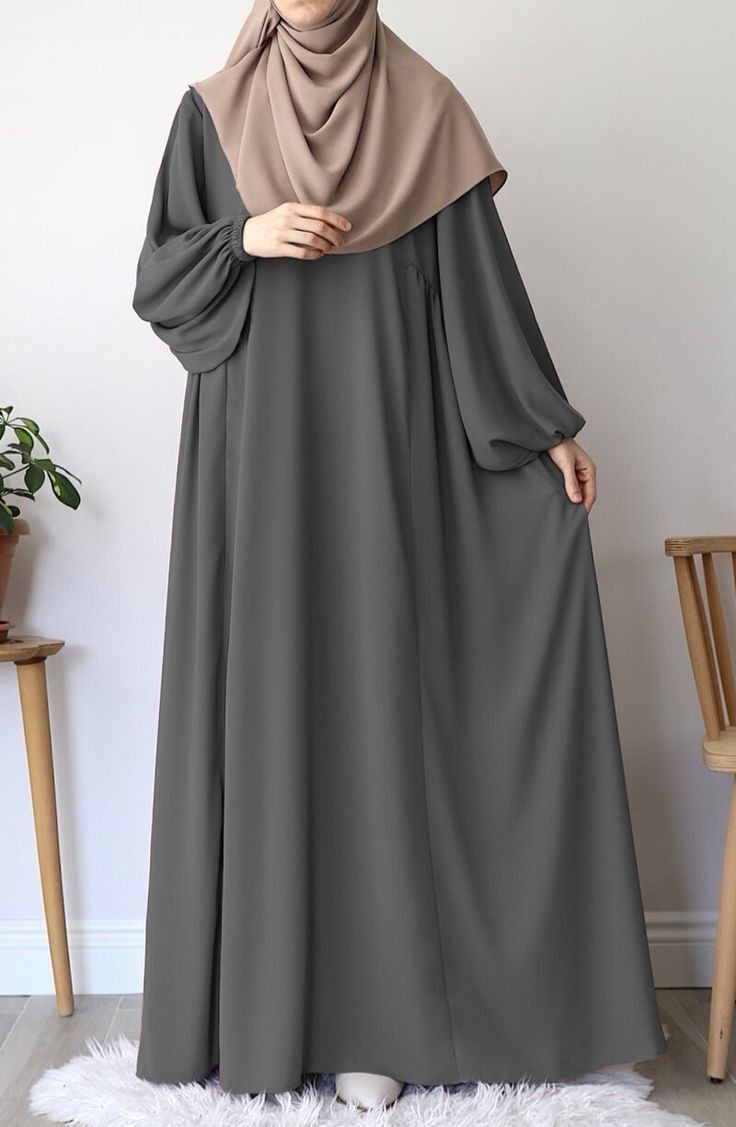The Islamic abaya is more than a garment—it is a symbol of modesty, cultural identity, and spiritual values. As fashion evolves, women today embrace abayas that reflect both traditional Islamic etiquette and modern elegance. From classic silhouettes to contemporary designs, the abaya continues to blend modesty with personal expression beautifully.
This guide explores how to honor Islamic etiquette while enjoying the sophistication of modern abaya styles.
1. Understanding the Purpose of the Abaya
At its core, the abaya serves the purpose of modesty. It is meant to:
-
Provide appropriate coverage
-
Reflect humility and simplicity
-
Avoid drawing excessive attention
While styles have evolved, the essence of the abaya—modesty and dignity—remains unchanged.
2. Key Principles of Abaya Etiquette
To maintain the spiritual and cultural significance of the abaya, certain etiquette guidelines are often followed:
✔ Modesty in Fit
An abaya should not be too tight or revealing. Even modern cuts should maintain a loose and flowing silhouette.
✔ Appropriate Length
Traditionally, the abaya should be long enough to cover the body gracefully, typically reaching the ankles.
✔ Simplicity Over Excess
While embellishments are acceptable, they should not be overly flashy or distracting—especially in places of worship.
✔ Respectful Colors
Black remains the classic choice, but today’s abayas incorporate soft neutrals, earth tones, or pastels while keeping modesty intact.
3. Modern Abaya Trends That Respect Tradition
Fashion-forward abayas can remain respectful of Islamic values. Here are some modern yet modest styles:
-
Minimalist Abayas: Clean lines and subtle design details for a sophisticated, modern look.
-
Layered Open-Front Abayas: Stylish yet modest when paired with proper inner layers.
-
Embroidered or Lace-Trimmed Designs: Elegant, feminine, and in harmony with modest dressing.
-
Kimono-Style Abayas: Offering comfort and modern structure while maintaining coverage.
-
Neutral & Earthy Tones: Contemporary yet modest, perfect for daily wear.
4. Choosing the Right Fabric for Elegance and Modesty
Fabric contributes greatly to both etiquette and style. Popular modest fabrics include:
-
Crepe: Lightweight with a modest drape
-
Nida: Soft, comfortable, and ideal for traditional abayas
-
Chiffon layers: Add elegance while keeping coverage intact
-
Satin blends: Suitable for special occasions without compromising modesty
The right fabric ensures your abaya remains graceful, comfortable, and aligned with Islamic values.
5. Styling Your Abaya Respectfully
Modern elegance thrives when combined with modest styling. Here are tips to maintain etiquette while embracing fashion:
-
Pair your abaya with matching or contrasting hijabs in simple, refined styles.
-
Choose minimal jewelry, such as delicate bracelets or studs, to avoid overpowering modesty.
-
Avoid overly bright or flashy accessories when attending prayers or religious gatherings.
-
Opt for modest footwear that complements the simplicity of the abaya.
6. When Modern Fashion Meets Faith
The beauty of the modern Islamic abaya is that it allows women to express their individuality while honoring their beliefs. Designers now offer abayas that reflect:
-
Tradition, through modest cuts and conservative silhouettes
-
Elegance, through refined fabrics and minimalist details
-
Modernity, through updated styles, colors, and textures
This balance helps women feel both confident and connected to their spiritual identity.
Final Thoughts
The abaya is a symbol of faith, culture, and femininity. By following its etiquette and embracing modern interpretations, women can enjoy the perfect harmony between tradition and contemporary elegance. Whether you prefer classic black or modern pastel tones, every abaya can be a reflection of modesty, beauty, and personal style.







